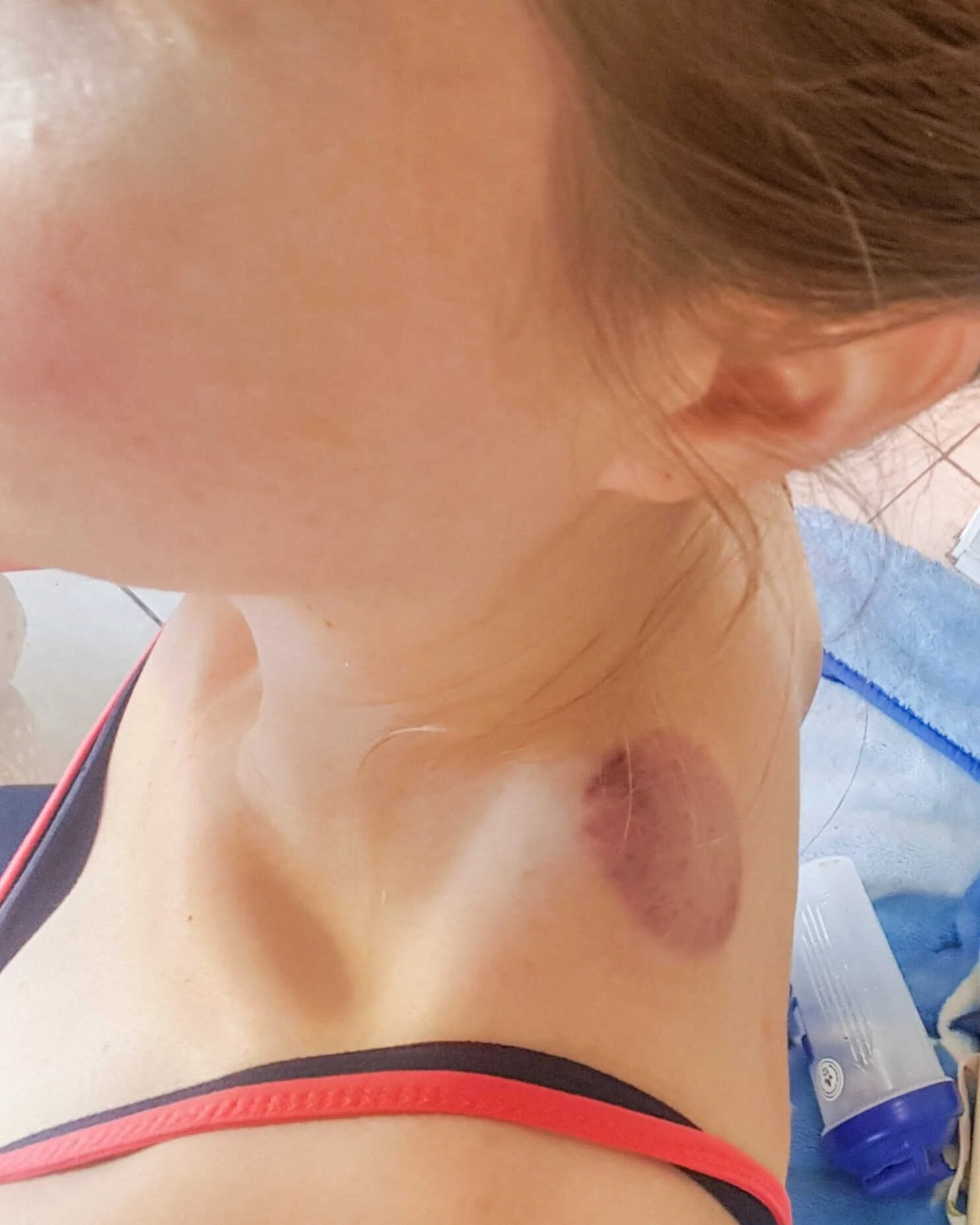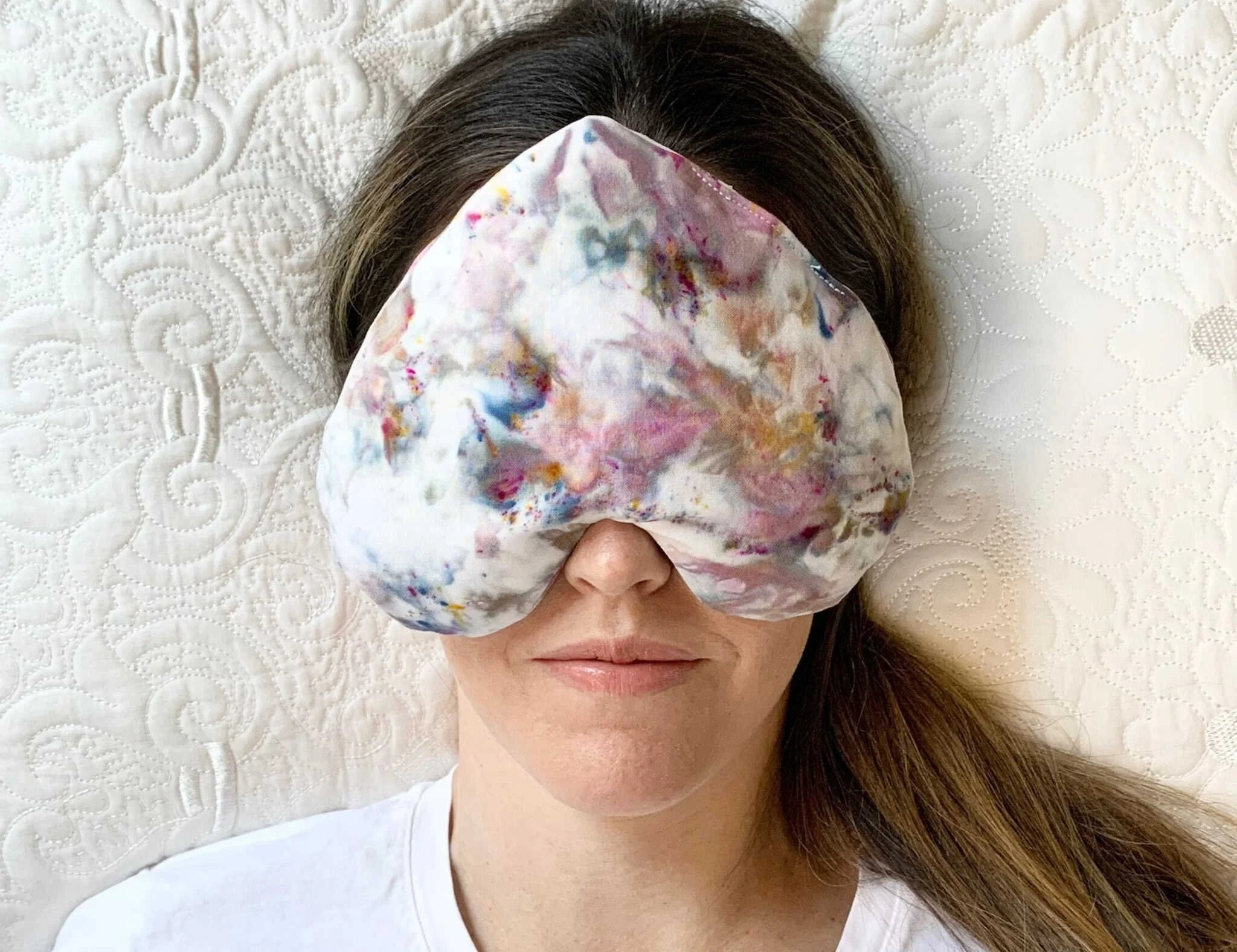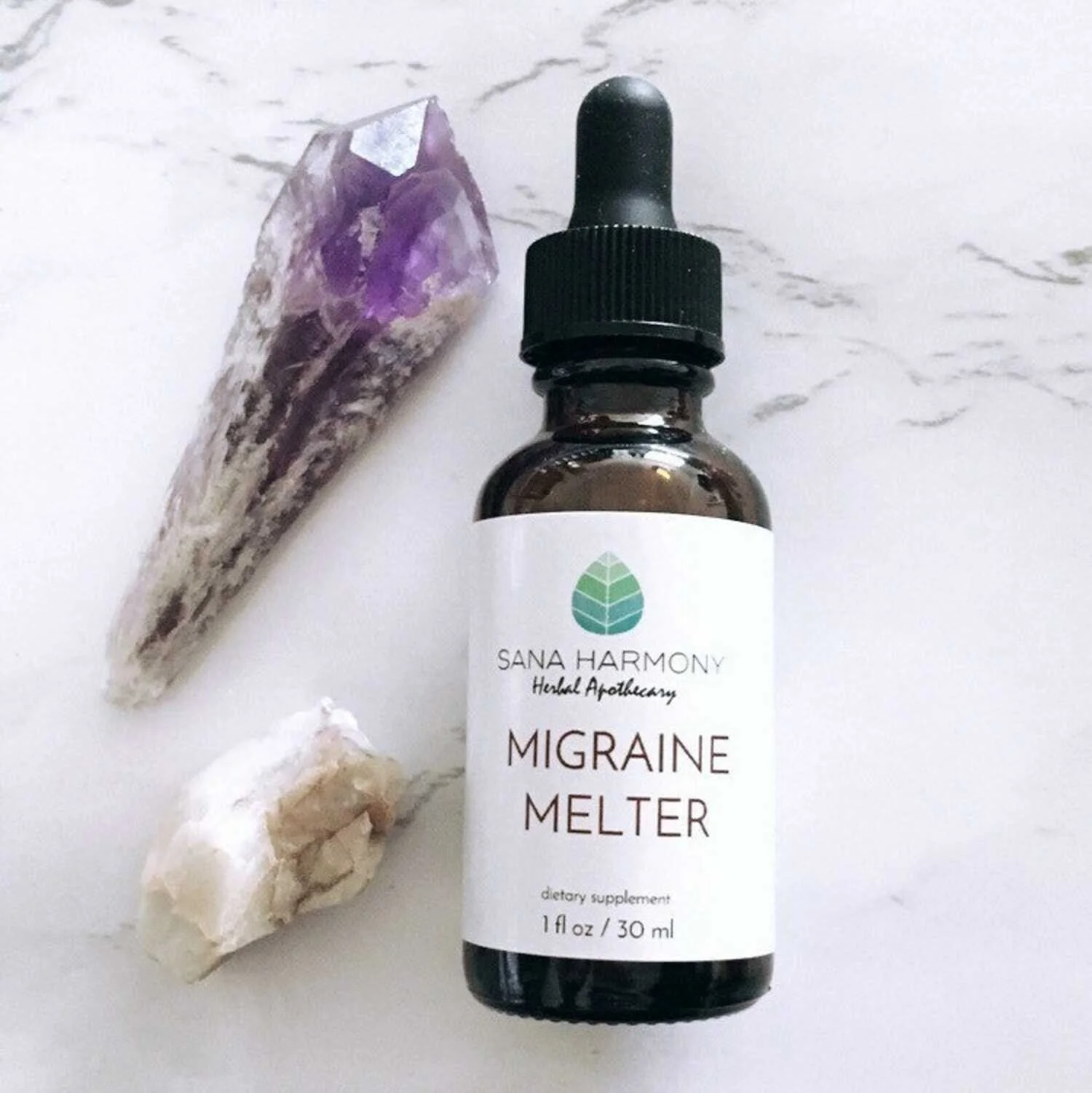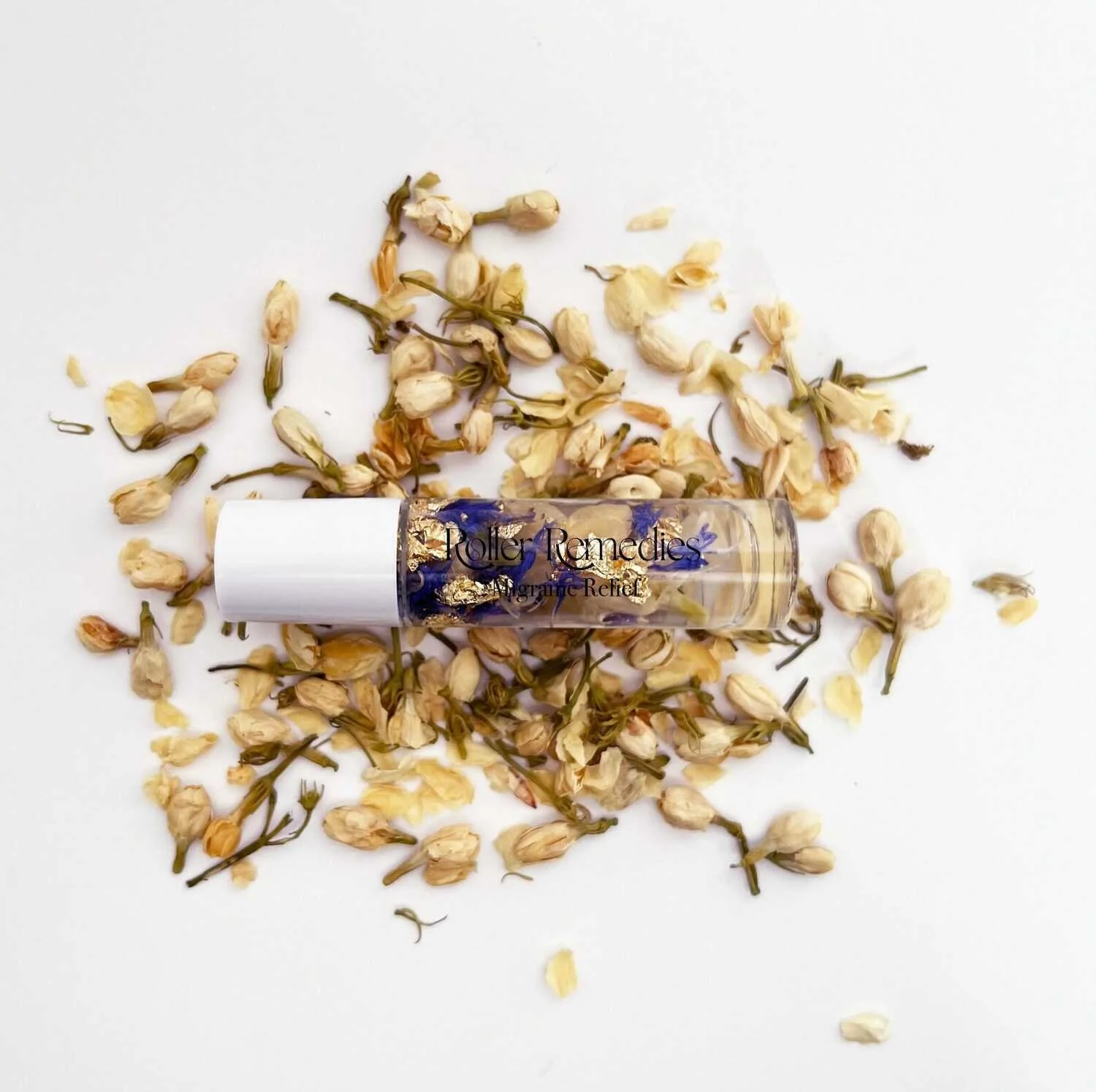My Experience with Cupping Therapy to Help with Migraines and Muscle Pain
Because I regularly suffer from migraines, I often have muscle pain in my neck and shoulders. Finding a drug-free solution to this chronic pain can be difficult, which forces you to open up and try new avenues of pain relief.
In this blog post I will describe my experience with cupping therapy, and hopefully provide helpful information for anyone interested in giving it a try for themselves.
What Exactly is Cupping Therapy?
Cupping is an ancient therapeutic practice that involves placing cups on the skin to create suction. It is believed to have originated in ancient China and has been used for thousands of years in various cultures around the world. Cupping is commonly used to relieve pain, promote relaxation, and improve overall well-being.
How Cupping Works
Cupping involves placing cups, typically made of glass, bamboo, or silicone, on the skin. The cups are heated or suctioned onto the skin, creating a vacuum effect that draws the skin and underlying tissue into the cup. This suction stimulates blood flow, promotes healing, and can help release tension and toxins from the muscles.
Types of Cupping
There are several different methods of cupping:
Dry cupping: The cups are placed on the skin and left in position for a few minutes.
Wet cupping: After the cups are removed, small incisions are made on the skin, and the cups are reapplied to draw out a small amount of blood.
Fire cupping: A flame is used to heat the inside of the cup before it is placed on the skin, creating suction.
Benefits of Cupping
Cupping is often used to treat musculoskeletal conditions such as back pain, neck pain, and muscle tension. It is also believed to improve blood circulation, reduce inflammation, boost the immune system, and promote relaxation and stress relief. Some people also use cupping to address respiratory conditions, digestive issues, and skin problems.
Side Effects of Cupping
Cupping is generally considered safe when performed by trained professionals. However, it can cause temporary side effects such as skin discoloration, bruising, and mild discomfort. These effects usually resolve within a few days. In rare cases, cupping may cause burns, skin infections, or allergic reactions.
Integration with Other Therapies
Cupping is often used alongside other traditional therapies like acupuncture, massage, and herbal medicine. It is sometimes combined with acupuncture, where the cups are placed on acupuncture points for enhanced therapeutic effects.
How Cupping Became Popular in the United States
Cupping therapy has gained popularity in the United States in recent years. Its increased visibility can be attributed to several factors, including the endorsement of cupping by some high-profile athletes and celebrities, as well as growing interest in alternative and complementary therapies.
The 2016 Rio Olympics, where several athletes were seen with cupping marks, generated significant media attention and sparked curiosity among the public. This exposure led to an increased interest in cupping therapy as people sought to explore its potential benefits for pain relief, muscle recovery, and relaxation.
Goop is a lifestyle brand founded by actress Gwyneth Paltrow that focuses on wellness and alternative health practices. Goop has featured articles and blog posts discussing cupping therapy, its benefits, and its incorporation into holistic wellness routines. The brand has also offered cupping sets and related products for sale on its online platform. By showcasing cupping therapy as part of its wellness offerings, Goop has contributed to the popularization of cupping among its audience.
Additionally, the rise of social media platforms has provided a platform for individuals to share their experiences with cupping therapy, further contributing to its popularity. Many people share their before-and-after pictures, testimonials, and personal stories, which can influence others to try cupping for themselves.
The integration of cupping into mainstream wellness practices has also played a role in its popularity. Many wellness centers, spas, and holistic healthcare providers now offer cupping therapy as part of their services, making it more accessible to the general public.
Migraine Pain and Cupping Therapy
How Migraines Cause Neck and Shoulder Muscle Pain
Migraines are complex neurological events that involve many systems in the body, including the nervous and muscular systems. While the exact cause-and-effect relationship between migraines and neck and shoulder muscle pain isn't fully understood, there are several theories that may explain why many people experience these symptoms together.
Muscular Tension: Migraines can be associated with or cause increased muscular tension, especially in the upper body. This tension can lead to pain in the neck and shoulders.
Cervicogenic Factors: Sometimes, a headache can be "cervicogenic," meaning it originates from issues in the neck or cervical spine. It's also possible that a cervicogenic headache can trigger a migraine in some individuals, or they might occur together.
Referred Pain: Pain can sometimes be "referred," meaning it's felt in a location other than where the problem or injury actually exists. It's possible that the pain signals from a migraine might be interpreted by the brain as originating from the neck or shoulders.
Neurological Interactions: The trigeminal nerve, which plays a key role in migraines, also has connections to the upper cervical spinal cord. Stimulation of this nerve during a migraine may therefore influence perceptions of pain in the neck and shoulders.
Postural Factors: In some people, migraines may be triggered or worsened by poor posture or muscle tension in the neck and shoulder area. This could occur due to prolonged sitting, working at a computer, or other similar activities.
Stress and Anxiety: These emotional states, which are commonly associated with migraines, can also lead to muscle tension and subsequent pain in the neck and shoulders.
How Cupping Helps with Migraines
Cupping therapy is sometimes used as a complementary approach to help alleviate migraines, although its effectiveness can vary from person to person. Here's how cupping may potentially help with migraines.
Improved Blood Circulation
Cupping creates a vacuum effect that helps increase blood flow to the treated area. This improved circulation may help reduce the frequency and severity of migraines by promoting better oxygenation and nutrient delivery to the brain.
Muscle Tension Relief
Cupping therapy can help relax the muscles and fascia in the neck, shoulders, and upper back, which are common areas of tension and trigger points associated with migraines. By reducing muscle tension, cupping may help relieve headache pain and prevent migraine triggers.
Stress Reduction
Stress is a common trigger for migraines. Cupping therapy, similar to massage, has a calming effect on the nervous system. The relaxation response induced by cupping can help lower stress levels and potentially decrease the frequency or intensity of migraines triggered by stress.
Toxin Release
Cupping is believed to stimulate the lymphatic system, which plays a role in eliminating toxins from the body. By promoting lymphatic drainage, cupping may help remove waste products and toxins that could contribute to migraine symptoms.
So, Did the Cupping Help with My Migraines?
While cupping wasn’t a miracle cure to my migraines, I did find it helpful. It needs to be part of a bigger wellness plan that incorporates stretching, hydration with magnesium (I love LMNT packets), a good sleep routine and healthy eating. When the tension really builds up in my neck and shoulders from migraine pain, I alternate between deep tissue massage and cupping. All of this together is my tried and true migraine management plan.
Precautions for Cupping Therapy
While cupping therapy can be generally safe when performed by trained professionals, there are some precautions to consider. By following these precautions and working with a qualified practitioner, you can help ensure a safe and beneficial cupping therapy experience.
Consult a Healthcare Professional
Before trying cupping therapy, especially if you have any underlying health conditions or are taking medications, it's advisable to consult with a qualified healthcare professional. They can assess your individual situation and determine if cupping is suitable for you.
Choose a Qualified Practitioner
Ensure that the cupping therapy is performed by a trained and licensed professional who has experience in this modality. This helps minimize the risk of improper application and potential complications.
Avoid open wounds, inflamed skin, or broken skin
Cupping should not be performed on areas with open wounds, skin infections, inflamed skin, or areas with broken skin. Cupping can aggravate these conditions and potentially lead to further complications or infections.
Inform Your Practitioner of any Medical Conditions or Medications
Be sure to disclose any pre-existing medical conditions, such as bleeding disorders, skin allergies, or deep vein thrombosis, to your cupping practitioner. It's also important to inform them about any medications or supplements you are taking, as this can impact the suitability of cupping therapy for you.
Take Precautions During Pregnancy
Cupping therapy is generally not recommended during pregnancy, particularly on the abdomen or lower back, as it could potentially stimulate contractions. It's best to consult with your healthcare provider regarding the safety and appropriateness of cupping during pregnancy.
Check for Potential Contraindications
Cupping may be contraindicated for individuals with certain conditions, such as cancer, hemophilia, or individuals prone to keloid formation. It's crucial to discuss your medical history thoroughly with your healthcare provider or cupping practitioner to determine if cupping is safe for you.
Be Aware of Possible Side Effects
Cupping can cause temporary side effects, including skin discoloration, bruising, or mild discomfort. These effects usually resolve within a few days. However, if you experience severe pain, persistent bruising, or any concerning symptoms, seek medical attention.
Shop Migraine Wellness Products
Weighted masks provide gentle, even pressure across your face, especially around the eyes and forehead areas which can often be the source of tension headaches and migraines. This pressure can create a soothing sensation that may help to alleviate pain.
Migraine relief headache tinctures are herbal remedies that often contain a blend of various plants and herbs that are traditionally used to help alleviate the symptoms of migraines and headaches.
Aromatherapy, the practice of using essential oils for therapeutic benefit, and Some people find certain scents helpful for migraine relief.









